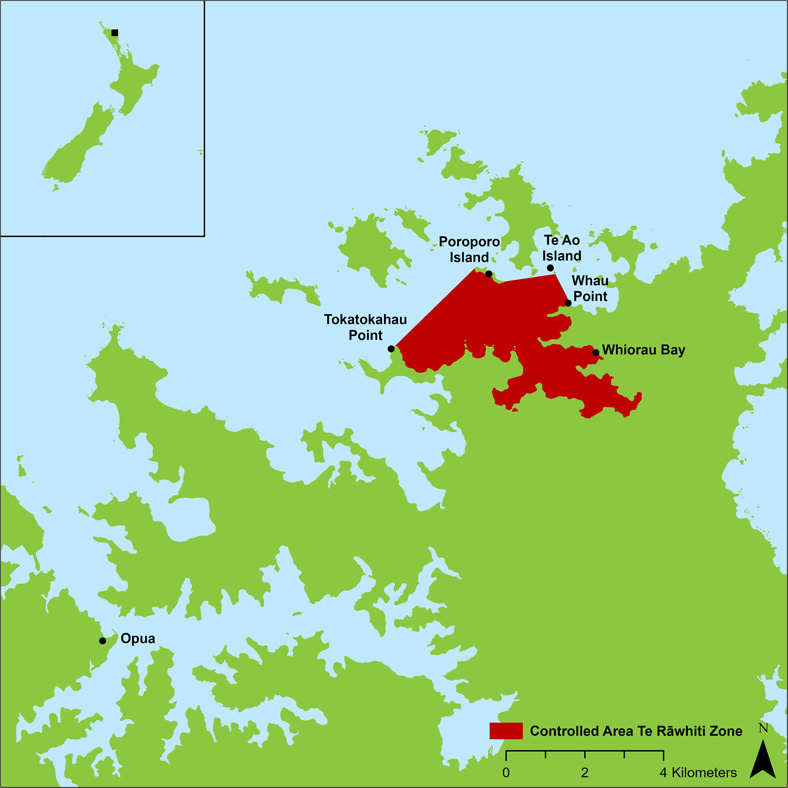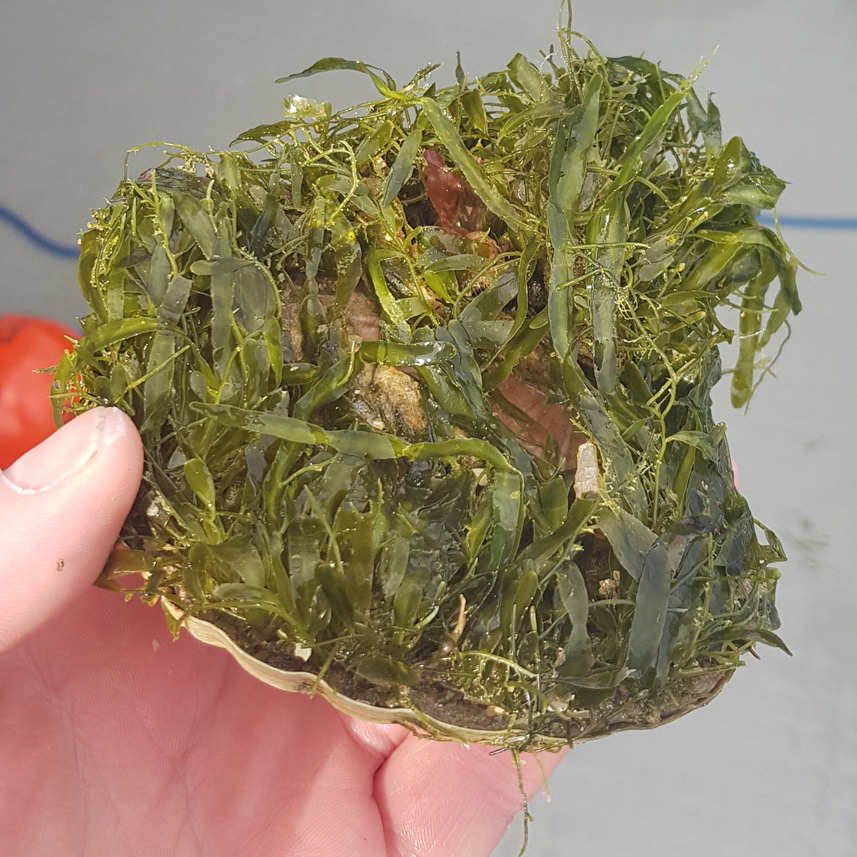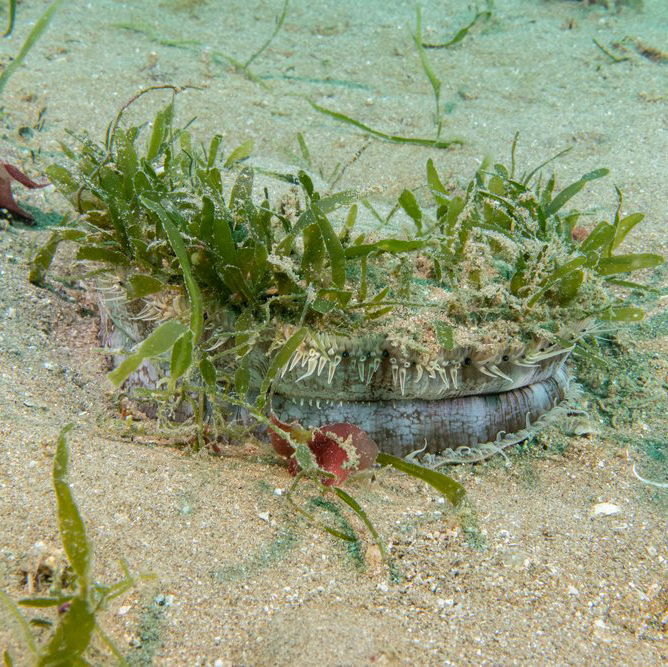Exotic caulerpa
The invasive seaweed Caulerpa is in Te Rāwhiti Inlet, Bay of Islands
A Controlled Area Notice (CAN) and rāhui have been put in place to prevent the spread of exotic caulerpa. It is illegal to fish, dive, or anchor in this area.
Seen it elsewhere? Report it
If you think you’ve found exotic caulerpa, take a photo and record the location. Then report it to MPI:
- Freephone: 0800 80 99 66
- Online form: report.mpi.govt.nz
A Controlled Area Notice (CAN) is in place in Te Rāwhiti Inlet with legal restrictions placed on some boating and fishing activities. Those restrictions are detailed in a Controlled Area Notice (CAN) at www.mpi.govt.nz/CAN-map-TeRawhiti
Mana whenua have laid a rāhui on the area with the same restrictions.
Te Rāwhiti Inlet Controlled Area Notice Zone:
In this area, it is illegal to:
- remove any marine organisms, including fish, seaweed, crayfish, or shellfish. This means any form of fishing is banned, including spearfishing, crayfishing, kina and other shellfish gathering, net fishing and drift fishing from any kind of vessel.
- take vessels or dive gear for fishing.
- anchor, except if permitted for activities such as scientific research. Anchoring in an emergency (for example, to shelter from weather) is allowed without a permit.

Te Map of the affected area (coloured red) in Te Rāwhiti inlet, the Bay of Islands (Image: mpi.govt.nz).
Exotic caulerpa has bright green vertical fronds that are shaped like oar blades. These fronds grow up to 10cm long and rise from horizontal runners or roots known as stolons.

Caulerpa on a scallop. (Photo credit: NIWA).
It can be found growing below the tideline (from between 2 to 30 metres deep) on both hard surfaces and sandy areas.

Caulerpa. (Photo credit: NIWA).
Exotic caulerpa can spread rapidly, forming vast, dense underwater fields. It competes with other species, including our own native caulerpa species, for space and upsets the balance of local ecosystems. This presents a risk to recreational, cultural, and commercial marine activities.
One of the main ways this pest spreads is by breaking into fragments which can attach to marine equipment.
Fragments can get tangled in or stuck on equipment such as anchors, chains, nets, dive and fishing gear, and crayfish pots.
It can survive out of water for up to a week or more if it is in a moist location (like an anchor locker or a bunched-up fishing net).
Northland Regional Council, Biosecurity New Zealand, mana whenua and other partners are working together to control this pest where possible.
Alongside mana whenua, we are planning trials of suction dredging in the Te Rāwhiti Inlet. A contractor is being secured to do this project and it’s hoped that the actual dive work will start towards the end of October.
Boaties, fishers and divers have a role to play to stop the spread of this pest.
Keep your boat and gear clean:
- When at sea, before moving to a new location, check you anchor and anchor chain, as well as any other gear (e.g. fishing line, dive equipment).
- If you find seaweed attached, remove it and bag or contain it securely so it can’t get back into the water. Take it ashore for disposal in a rubbish bin.
- If you can’t contain it securely while at sea, put it back into the waters it came from.
- If you find you’ve picked up seaweed when you’re back at shore, remove it and put it in the rubbish.
